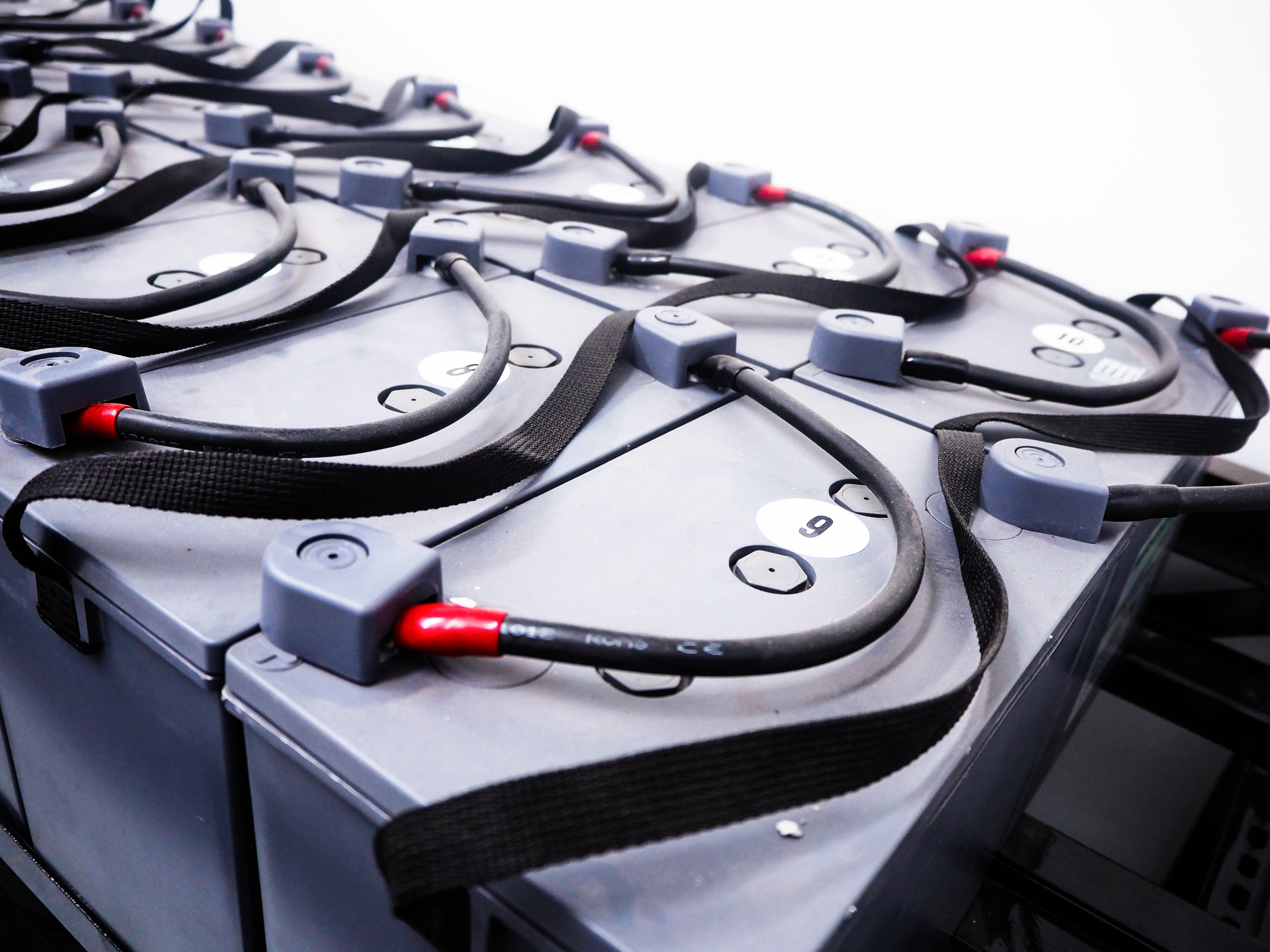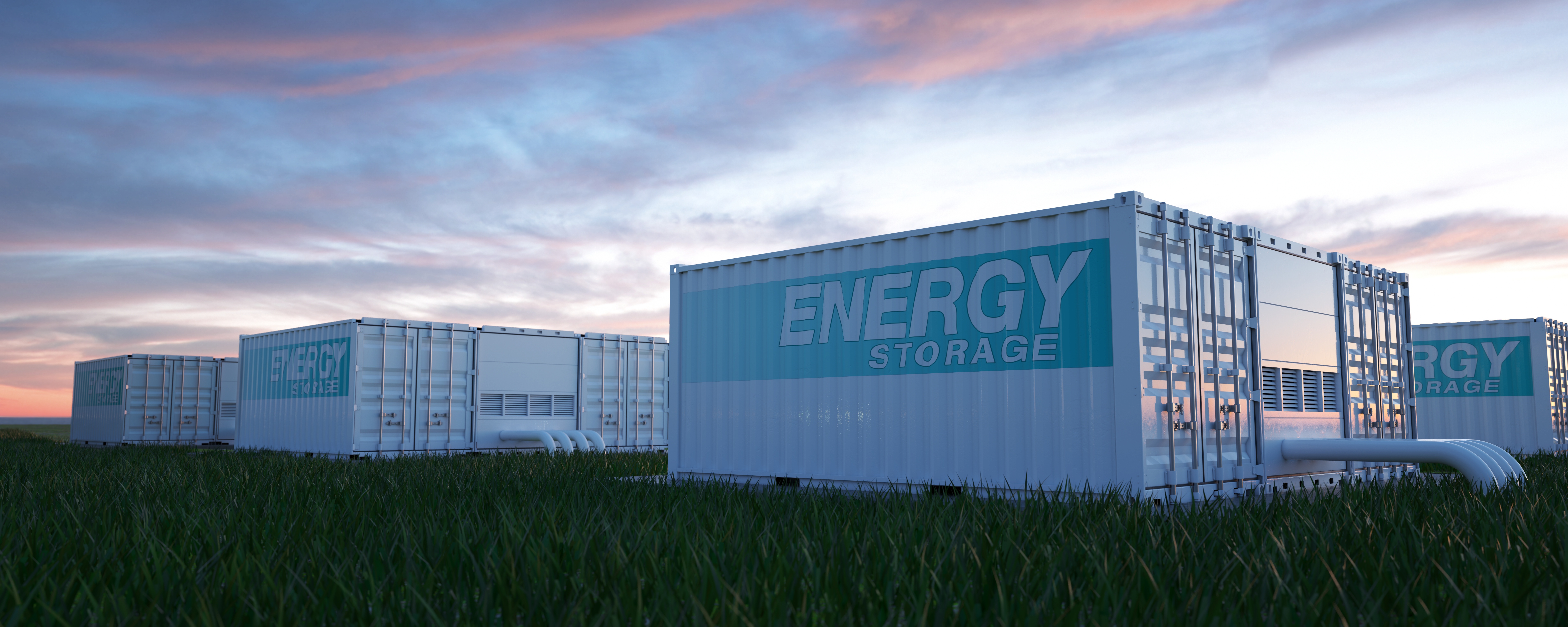Energy storage technology is a crucial component of the energy transition.
Harnessing renewable sources of energy such as solar and wind power comes with a unique challenge: intermittency.
Different types of energy storage and battery systems can assist to ensure reliable, continuous energy supply to establish a sustainable future.

Along with our owner’s engineering capability; 786 Fuel has a deep understanding of battery technologies and knows how to optimise a battery energy storage system for commercial success.
786 Fuel provides development and project management services for batteries including:
Our work on battery projects includes ongoing services for up to 750MW / 1500MWh BESS projects as owner’s project manager and engineer from siting studies to construction and commissioning.
We develop designs and specifications from concept through pre-feasibility and feasibility level to D&C, manage development applications and equipment procurement, deliver all aspects of site preparation, and manage network connection applications.


Renewable energy sources, such as solar and wind, are intermittent by nature. They generate electricity when the sun shines or the wind blows, which may not align with the demand for electricity. Energy storage systems can store excess energy during times of high production and release it when demand is high, thus balancing supply and demand and stabilising the electrical grid.
Energy storage systems can smooth out the fluctuations in power generation from renewable sources. For example, when the wind suddenly drops or clouds cover the sun, the energy storage system can provide power to compensate for the shortfall and ensure a consistent and reliable electricity supply.
Energy storage allows for time shifting of renewable energy generation. Excess energy generated during periods of low demand can be stored and utilised during peak demand periods, reducing the need for additional conventional power plants and improving the overall efficiency of the energy system.
Energy storage enhances the resilience and reliability of the electrical grid. It can provide backup power during grid outages or blackouts, ensuring a continuous supply of electricity to critical facilities, such as hospitals, emergency services, and communication networks.
Renewable energy generation is increasingly decentralised, with small-scale solar installations and wind turbines installed in various locations. Energy storage systems enable the integration of these distributed energy resources into the grid, allowing for greater flexibility and efficient utilisation of renewable energy at the local level.
Energy storage systems can provide various ancillary services to the grid, such as frequency regulation, voltage control, and reactive power support. These services help maintain grid stability and optimise the operation of the power system.
Energy storage technologies facilitate the growth of the renewable energy market by addressing the intermittency and variability challenges associated with renewable sources. As energy storage becomes more cost-effective and efficient, it encourages greater investment in renewable energy projects.
Overall, energy storage systems enable a more reliable, flexible, and efficient integration of renewable energy sources into the existing power infrastructure, fostering the transition to a cleaner and more sustainable energy future.


Ongoing research and development efforts continue to explore new and improved energy storage technologies to meet the evolving needs of the renewable energy industry. These are just a few examples of energy storage technologies currently used in renewable energy systems.
Batteries are widely used for energy storage in renewable energy applications. They store electrical energy in chemical form and can be charged and discharged multiple times. Lithium-ion batteries are the most prevalent type used in grid-scale and residential applications due to their high energy density, efficiency, and long cycle life. Other battery technologies, such as lead-acid, sodium-ion, and flow batteries, are also being explored.
Pumped hydro storage is one of the oldest and most established forms of energy storage. It uses the potential energy of water stored in elevated reservoirs. During periods of high renewable energy generation or low electricity demand, excess energy is used to pump water from a lower reservoir to an upper reservoir. When electricity demand is high, the water is released back to the lower reservoir through turbines, generating electricity.
CAES stores energy by compressing air and storing it in underground caverns or tanks. During periods of high renewable energy generation, excess electricity is used to compress air and store it. When energy demand increases, the compressed air is released, expanded, and passed through turbines to generate electricity.
Thermal energy storage systems store and release energy in the form of heat. They are commonly used in conjunction with concentrating solar power (CSP) plants. Excess thermal energy generated by solar collectors is stored in molten salts or other heat storage materials. When there is a demand for electricity, the stored heat is used to generate steam, which drives a turbine to produce electricity.
Flywheel systems store energy in the form of rotational kinetic energy. They consist of a spinning rotor suspended in a vacuum chamber to minimise energy losses due to friction. Excess electricity is used to accelerate the rotor, storing energy, and when electricity demand increases, the kinetic energy of the spinning rotor is converted back into electricity.
Supercapacitors, also known as ultracapacitors, store electrical energy by accumulating charge at the interface between an electrode and an electrolyte. They can deliver high power outputs and have a long cycle life, making them suitable for applications that require rapid energy discharge and charging.